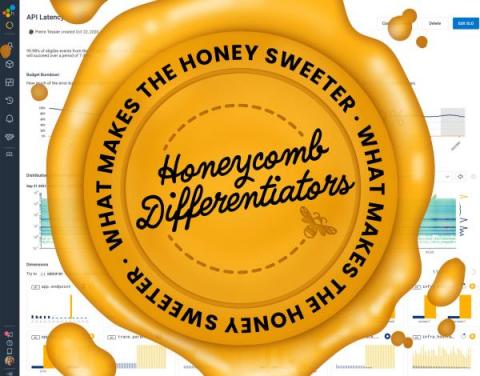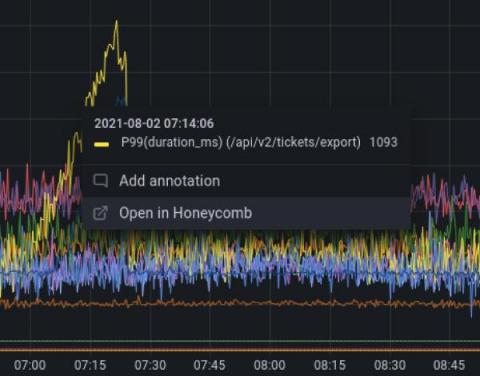Cut Out Time Estimates on Roadmaps: Get Into a Product Delivery Rhythm
All of the business of software, but especially the delivery of product capabilities, is inextricably bound up in questions about time. What’s the estimate? If we have N people working on it, how long will it take? When will we ship?







